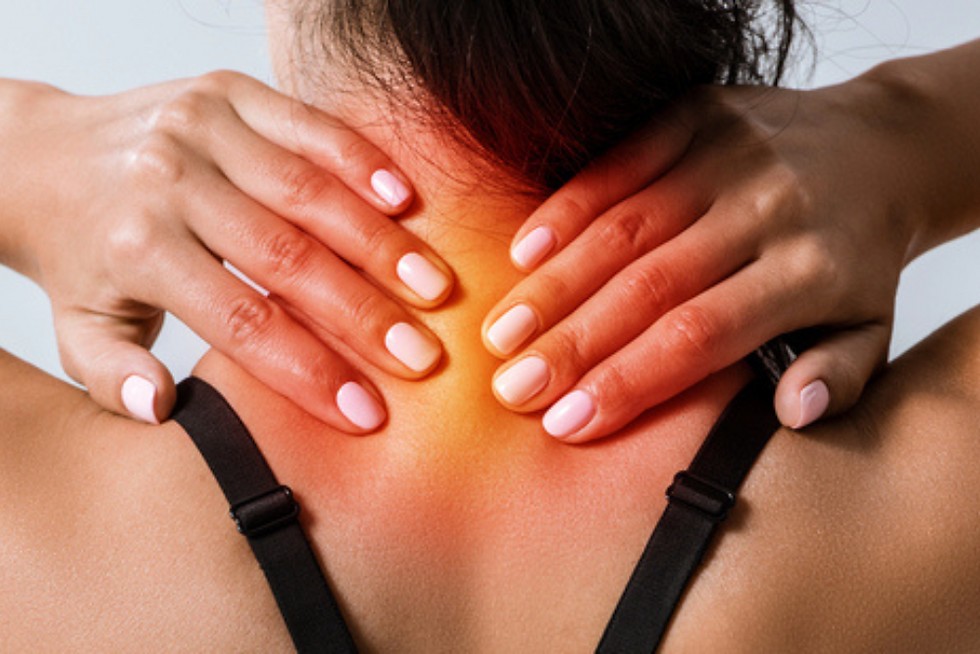5 Safe Tips to Naturally Reduce Hip Pain at Home — And When to See a Sports Chiropractor
- darcy065
- Jun 25
- 4 min read
Updated: Sep 17

Hip pain can make everyday activities—like walking, sitting, or even sleeping—feel uncomfortable and frustrating. Whether it’s the result of overuse, an old injury, or the natural wear and tear of an active lifestyle, the good news is: relief doesn’t have to start with medications or surgery.
At Peak Performance Health Center in Lawrence, KS, we specialize in helping athletes and active individuals recover from pain and return to the activities they love—naturally.
Here are five chiropractor-approved strategies you can start using at home today to reduce hip pain, improve mobility, and support your long-term recovery—plus how professional care can make all the difference.
1. Gentle Stretching to Improve Hip Mobility
Tight hips are a common cause of discomfort—especially in the flexors, glutes, and surrounding muscles. Daily stretching can help ease tension and improve joint alignment.
Try these:
Figure 4 Stretch: Sit tall, cross one ankle over the opposite knee, and gently lean forward while keeping your chest lifted. You’ll feel a deep stretch in the glutes and outer hip.
Hip Flexor Stretch: From a lunge position, press your hips forward slightly while keeping your upper body upright to stretch the front of the hip.
Pro tip: Hold each stretch for 5 seconds, repeat 5–10 times per side, and move gently—no bouncing or forcing.
2. Stay Active with Low-Impact Movement
While rest may seem like the solution, too much inactivity can lead to stiffness and decreased joint function. Instead, keep your hips moving with low-impact activities.
Good options include:
Walking short distances on flat surfaces
Swimming or water aerobics to reduce joint stress
Gentle yoga and hip mobility routines to improve flexibility and posture
Listen to your body and avoid movements that worsen your pain. Consistency and control are key.
3. Strengthen the Muscles That Support the Hip
Weak glutes, hamstrings, and core muscles can throw off hip alignment and increase stress on the joint. Incorporating strength work can help you stay stable and pain-free.
Try these exercises:
Glute Bridges: Lying on your back, press through your heels to lift your hips, hold for 5 seconds, then lower.
Poliquin Step Downs: Stand sideways on a small step, lower your opposite heel to the ground with control while keeping your torso upright, then return to start.
Split Stance Romanian Deadlift (RDL): Stand in a staggered stance with one foot slightly behind you, hinge forward with a flat back to lower toward your front foot, lowering to mid shin, then drive through the front heel to stand tall.
Aim for 2–3 sets of 10–15 reps, several times per week.
4. Self-Myofascial Release with a Foam Roller or Massage Ball
Foam rolling and trigger point release are effective ways to relieve tightness in the muscles surrounding the hip, including the glutes, IT band, hip flexors, and piriformis. This technique helps reduce muscle tension, improve circulation, and increase range of motion.
How to use it:
Gently roll over tight areas for 30–60 seconds, pausing on tender spots (trigger points) and breathing through the tension.
Use a massage ball for smaller, deeper areas like the glute medius or piriformis.
Avoid rolling directly on bones or joints—stick to the soft tissue.
Tip: This is a great complement to the hands-on techniques we use in the clinic, like Active Release Technique.
5. Fix Your Posture and Ergonomics
Sitting or standing with poor posture can place extra strain on your hips. Making small changes throughout your day can make a big difference.
Tips for better hip alignment:
Sit with feet flat and knees at hip level—avoid crossing your legs
Use lumbar support (a small pillow or rolled towel) behind your lower back
Get up to stretch and move every 30–60 minutes if you sit for long periods
Sleep with a pillow between your knees (side sleepers) or under your knees (back sleepers)
When to Seek Professional Care
At-home remedies can be a great start, but persistent or worsening hip pain should be professionally evaluated.
At Peak Performance Health Center, we take a comprehensive, hands-on approach to hip pain. We look beyond the symptoms to uncover and treat the root cause—whether it’s joint dysfunction, soft tissue restrictions, or muscular imbalances.
Our sports chiropractic care includes:
Chiropractic adjustments to improve range of motion in the joints and reduce pressure
Active Release Technique (ART) to break up scar tissue and improve muscle function
Deep tissue laser therapy to reduce inflammation and accelerate healing
Dry needling for muscle release and pain reduction
Rehab exercises tailored to your specific movement goals
Get Back to Peak Performance
You don’t have to live with hip pain or sit on the sidelines.
Whether you're a competitive athlete or someone who just wants to move better and feel stronger, our team is here to help you take the next step. We’ll create a personalized plan to restore function, relieve pain, and get you back to doing what you love.
Don’t let hip pain hold you back. Schedule your appointment with our Lawrence chiropractic clinic today and take the first step toward real and lasting relief.
.png)




Comments